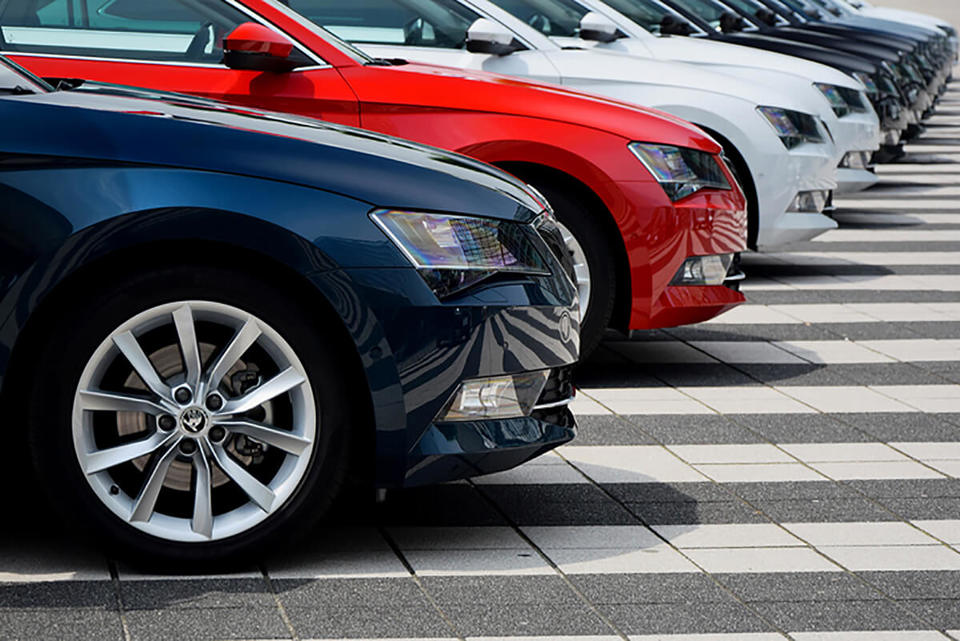Bosch will display its latest technology for connected and automated cars at the Consumer Electronic Show (CES) in Las Vegas from January 5-9.
Its newest developments in this area include a cloud-based system that warns drivers if there is a car driving the wrong way and the connectivity control unit (CCU), which connects the car to the Internet of Things (IoT).
The integration of vehicles into the Internet of Things is unlocking a host of services, and therefore opportunities for Bosch, with studies indicating that there is enormous market potential in the mobility sector.
Bosch is already in a solid position to tap into that potential. The technology company addresses all levels of the IoT with its sensors, software and a diverse range of services
“Connectivity is clearly revolutionising the way we drive,” said Dr Dirk Hoheisel, the Bosch board of management member responsible for this area.
“Bosch delivers the necessary hardware and software, and is developing a range of attractive services.”
At CES 2016, Bosch will show a cloud-based alert that warns drivers within ten seconds if there is a wrong-way driver approaching. The warning system, which is scheduled to go into production in 2016, is a connected lifesaver in the true sense of the word.
Using the integrated MySpin solution, drivers can link their Android and iOS devices to the vehicle’s infotainment system. Selected apps can then be conveniently operated from the vehicle’s central display.
This technology has been featured in Jaguar and Land Rover models since 2014. Use of it in Asia is spreading, driven by contracts with two other automakers in China plus an alliance with Chinese internet company, Tencent.
Bosch’s connectivity control unit or CCU receives and transmits information using a wireless module equipped with a SIM card. It can also determine the vehicle’s position using GPS if desired. Bosch offers CCU devices specifically adapted to cars, commercial vehicles, motorcycles, off-highway vehicles, and even railway freight cars.
Connected to the vehicle’s electrical system via the OBD interface, the CCU is available both as original equipment and as a retrofit solution. This makes it possible for fleet operators to retrofit their existing vehicles as well. A smartphone connected to the CCU can display vehicle data, offer tips on fuel-efficient driving, and, in the event of a breakdown, immediately contact a towing service and the garage if required.
Along with driving data and information on the vehicle’s surroundings, the connected car also captures data on the operation of individual components.
Running this data through sophisticated algorithms allows preventive diagnostics. For example, the data collected from an injection nozzle can predict its remaining service life.
The driver or fleet operator can be notified immediately and an appointment made with the workshop in good time, avoiding expensive repair and down times, especially for large commercial vehicles.
Mechanics can also use transmitted vehicle data to price spare parts and labour much more quickly.
In the future, repairs will benefit from Bosch augmented reality solutions, which uses a tablet to provide a sort of X-ray vision.
When the mechanic takes the tablet and holds it under the bonnet, for example, the tablet’s camera image is overlaid with comprehensive additional information and repair instructions for precisely the area being displayed.
The mechanic can manipulate the overlaid objects via the touchscreen and call up additional information. This makes going through service handbooks a thing of the past. A Bosch server provides all the detailed data online.
















Login to comment
Comments
No comments have been made yet.